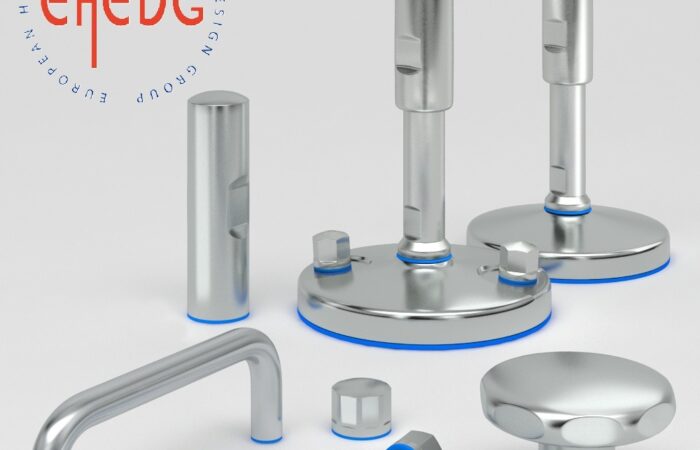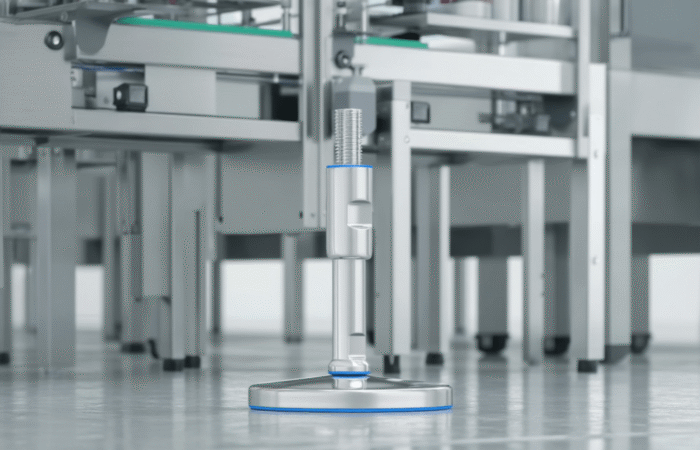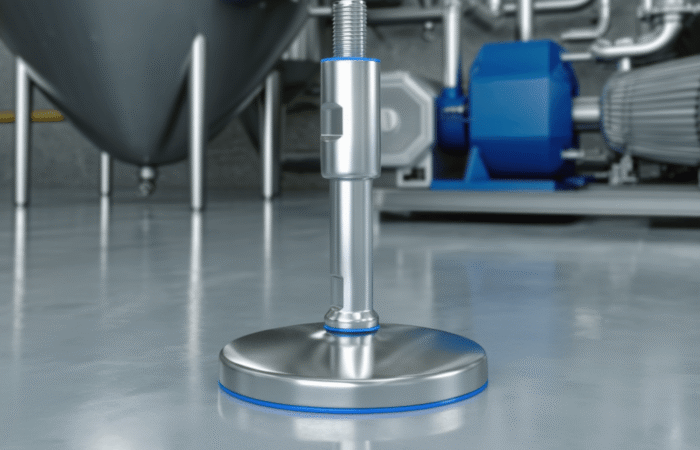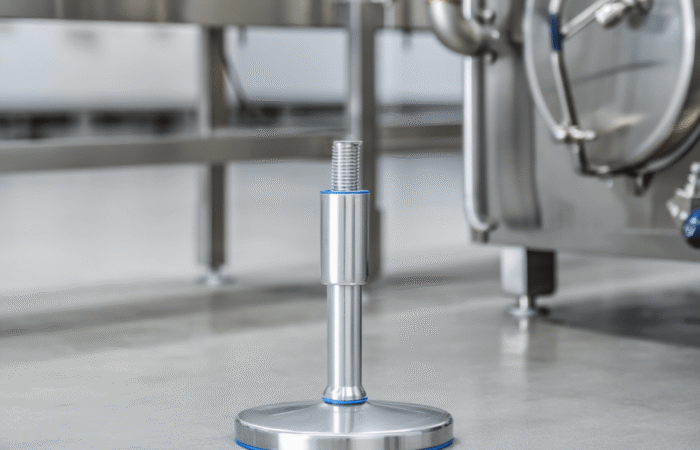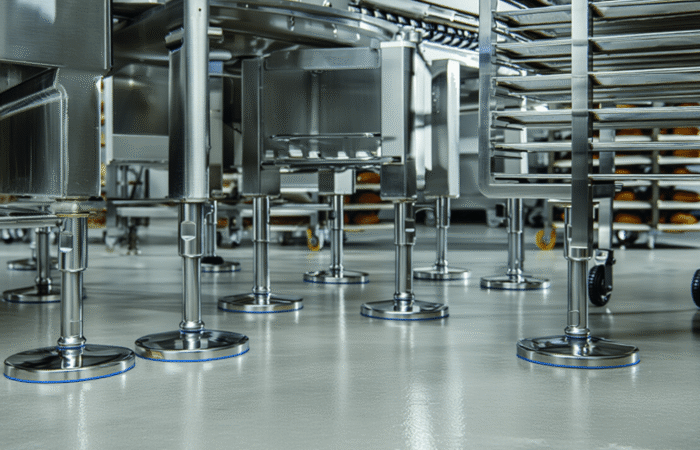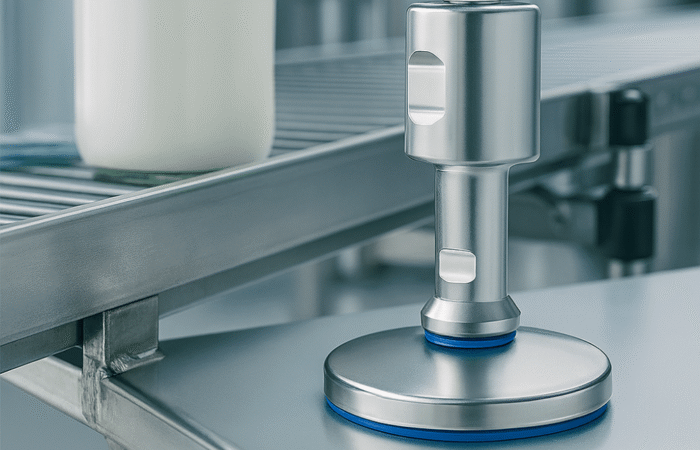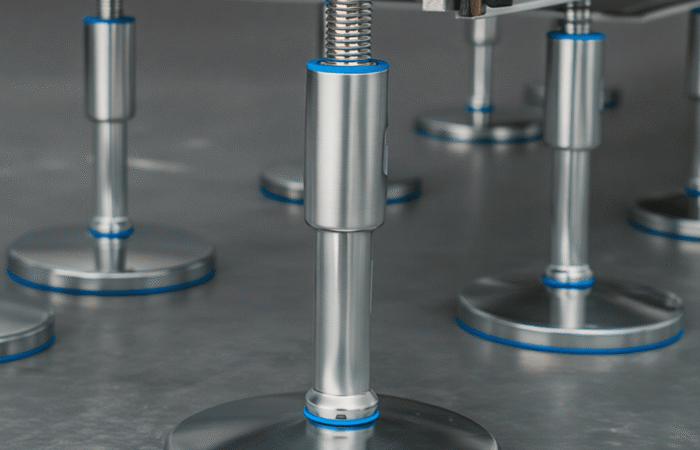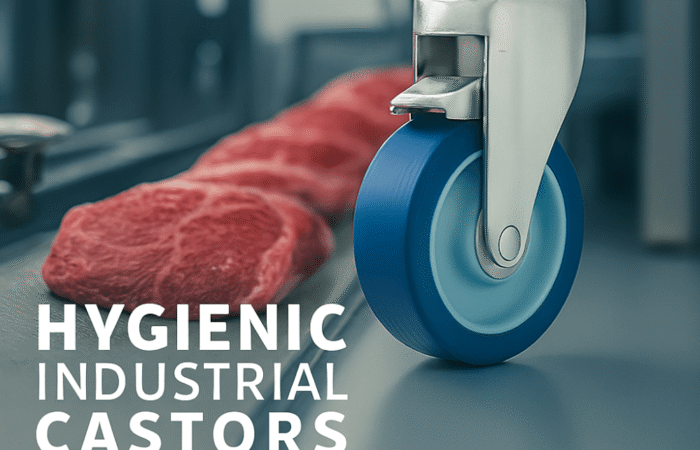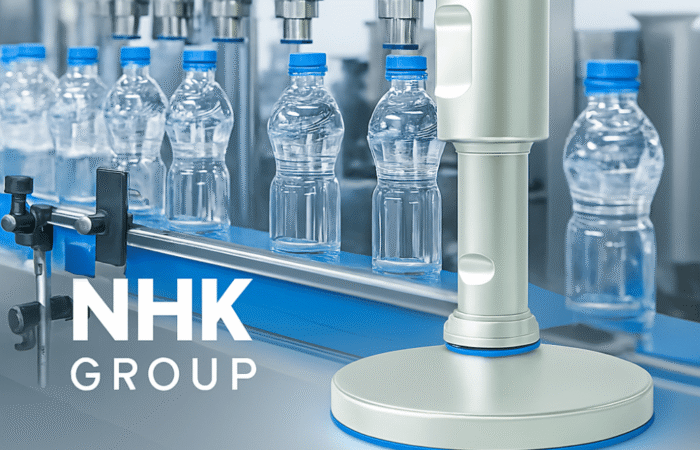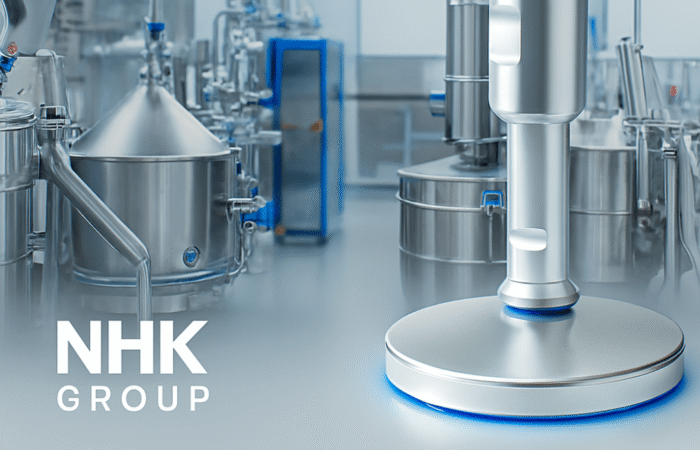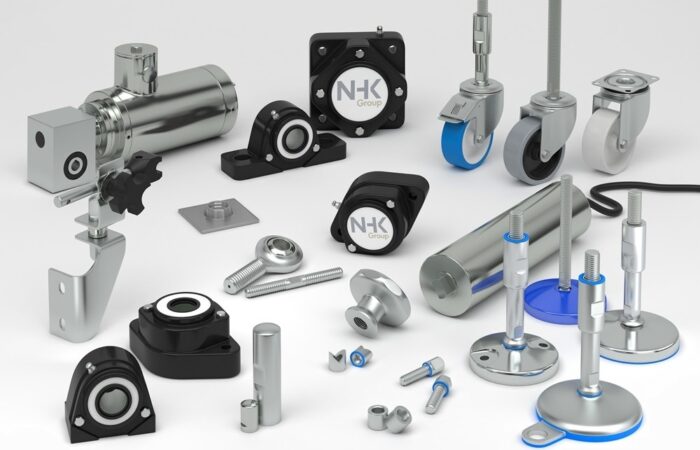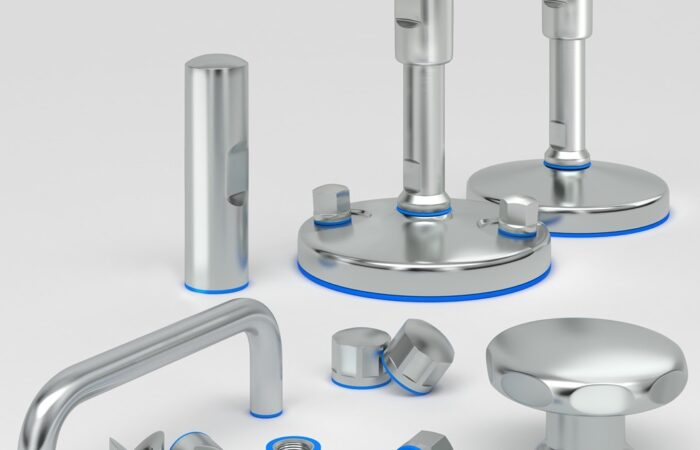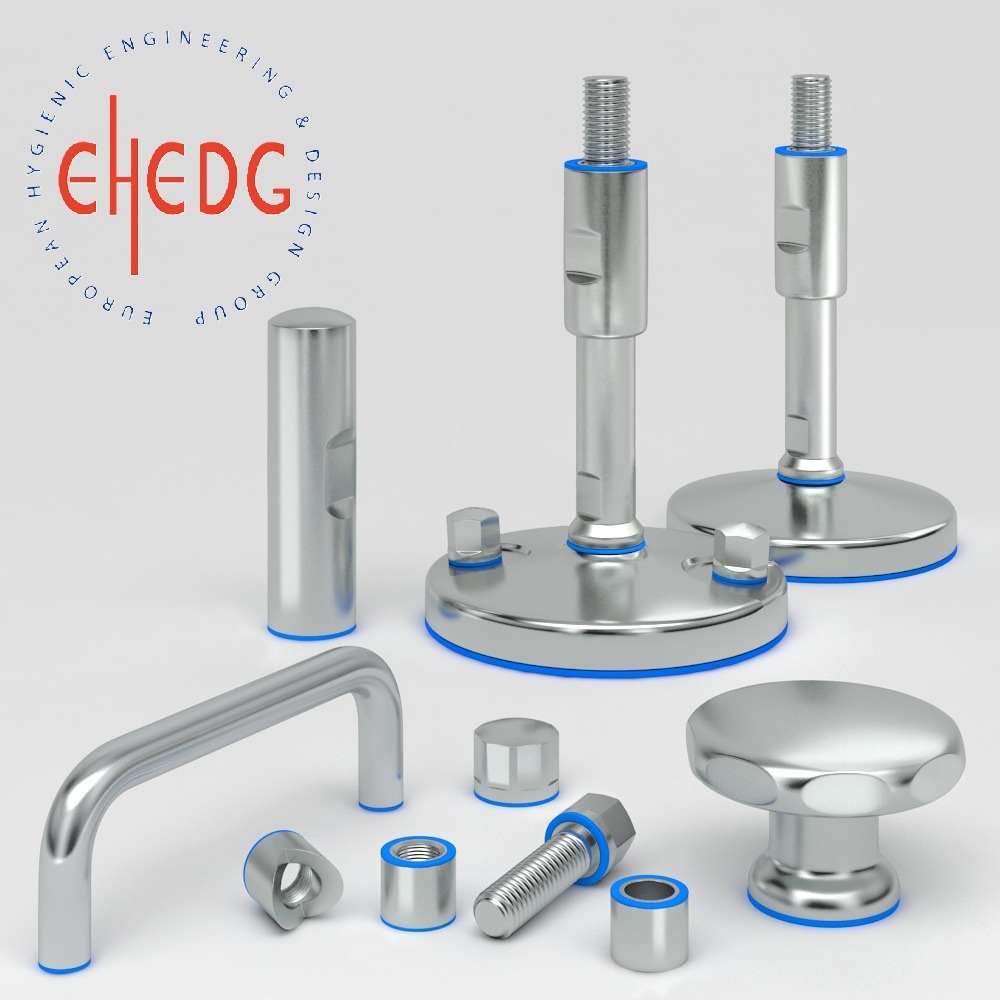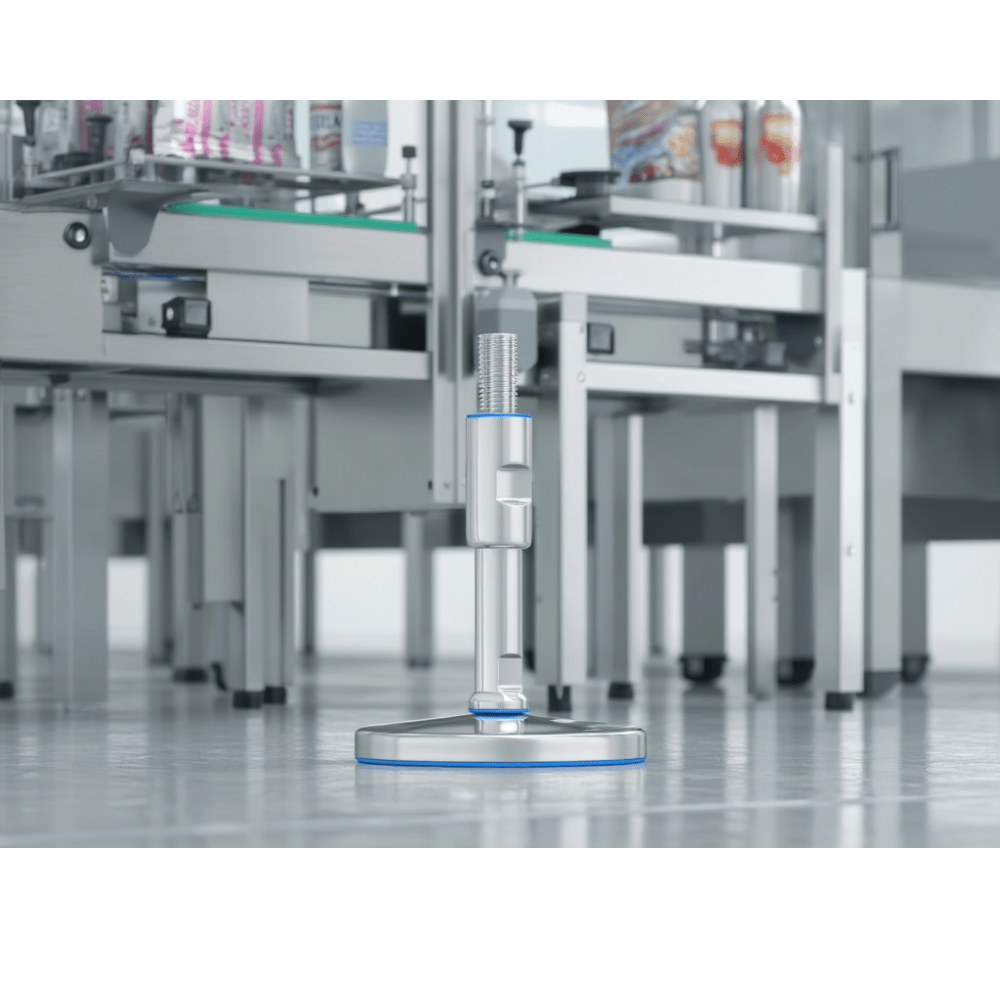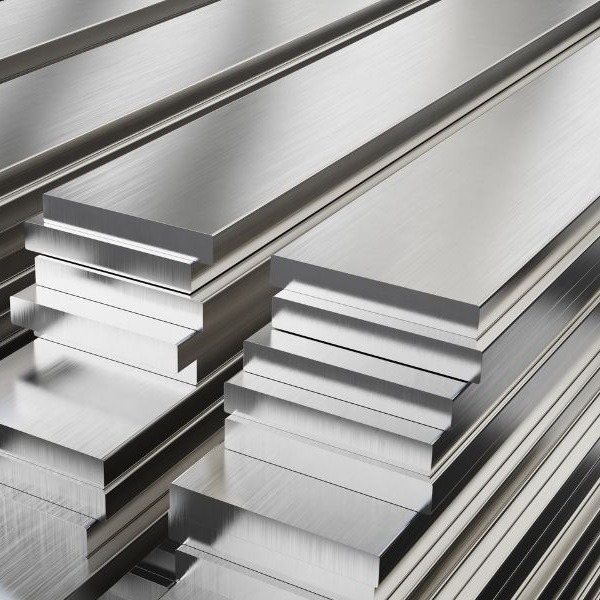
Technical Insights: Next-Generation Stainless Steel 420 vs. 440
Stainless steel is a go-to material across industries for its strength, durability, and corrosion resistance. Among the various grades, stainless steel 420 and 440 are widely used due to their unique properties. This article provides an in-depth comparison of these two grades, highlighting key features, technical differences, and their suitability for different industrial applications. Both 420 and 440 are martensitic stainless steels, but their chemical composition and mechanical properties set them apart. Below is an expanded comparison chart: Keywords integrated: stainless steel 420 properties, stainless steel 440 benefits, tensile strength of 420 vs 440 stainless steel. Keywords integrated: stainless steel for food processing, surgical stainless steel properties, 420 vs 440 in aerospace. When deciding between 420 and 440 stainless steel, consider the following factors: Stainless steel 420 and 440 are both excellent choices, but their suitability depends on your specific application needs. While 420 provides affordability and ease of machining, 440 excels in strength, wear resistance, and durability. By understanding the differences in their properties and applications, you can select the right stainless steel grade for your project. Whether you’re in the food processing, medical, automotive, or aerospace industry, these next-generation stainless steels offer solutions tailored to your operational demands.Next-Generation Stainless Steel: Comparing 420 vs 440 technical insights
Get our catalogue here
See our product line here
Technical Properties of Stainless Steel 420 and 440
Property Stainless Steel 420 Stainless Steel 440 Chromium Content 12–14% 16–18% Carbon Content 0.15–0.40% 0.60–1.20% Tensile Strength 515–740 MPa 760–1030 MPa Yield Strength 275 MPa 450 MPa Hardness (Rockwell) 50 HRC 58–62 HRC Corrosion Resistance Moderate High Heat Resistance Up to 650°C Up to 800°C Machinability Easy to machine Difficult due to hardness Wear Resistance Moderate Superior Cost Affordable Higher due to advanced properties Applications of Stainless Steel 420 and 440 by Industry
1. Medical and Surgical Applications
Food Processing and Packaging
Automotive and Aerospace
Knife and Cutlery Manufacturing
Key Advantages of Stainless Steel 420 and 440
Benefits of Stainless Steel 420
Benefits of Stainless Steel 440
Choosing the Right Stainless Steel for Your Project
FAQs About Stainless Steel 420 and 440
1. Can stainless steel 420 and 440 be heat-treated?
2. Which grade is better for industrial bearings?
3. How does chromium content impact performance?
Next-Generation Stainless Steel: Technical Comparison of 420 vs. 440 for Industrial Excellence
Get our catalogue here
See our product line here
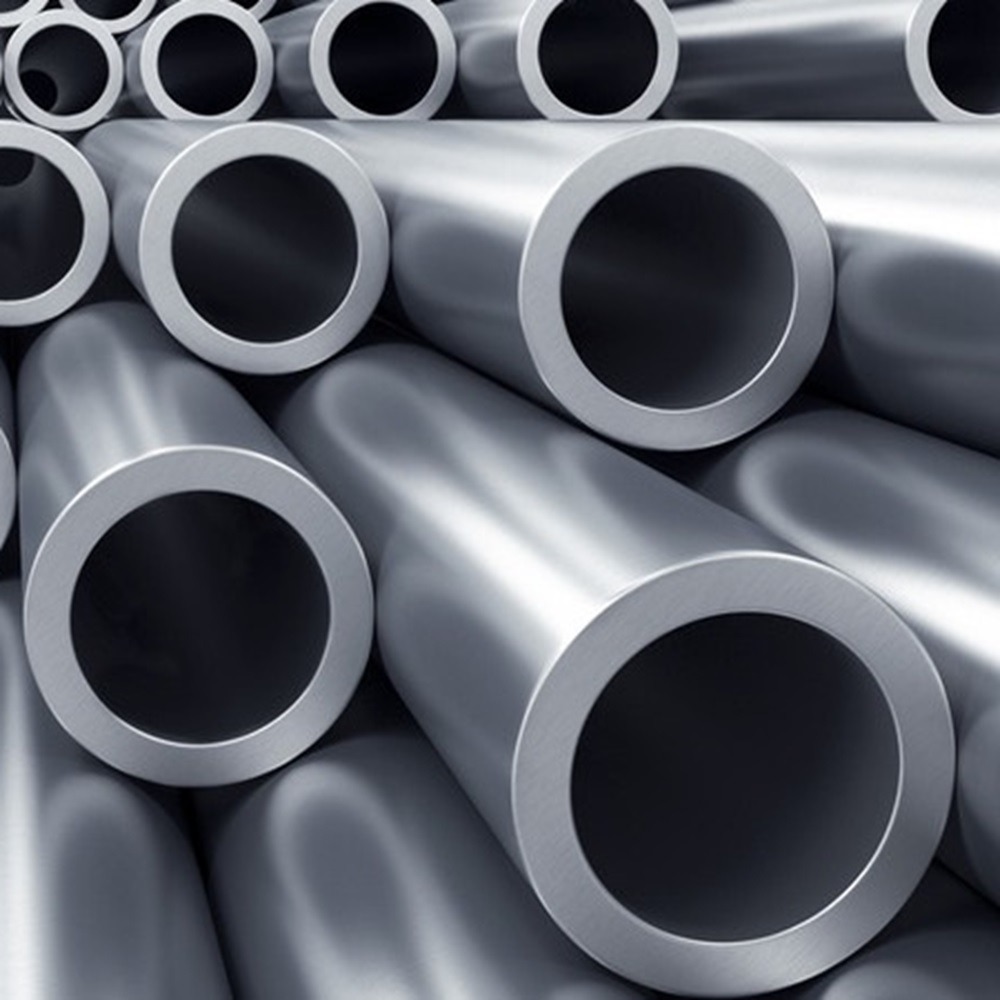
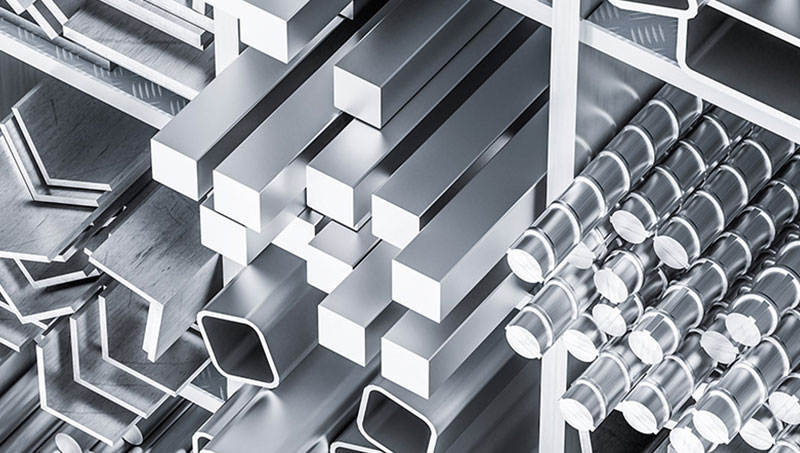
Contact
